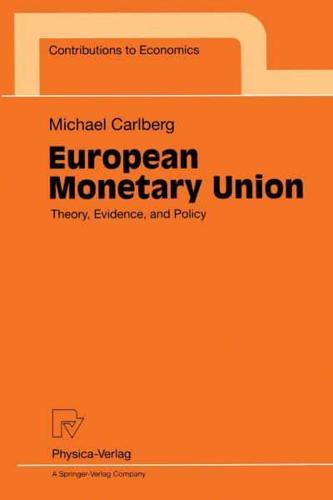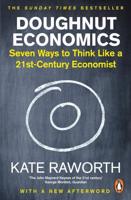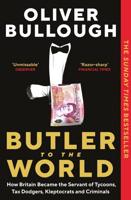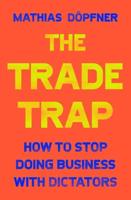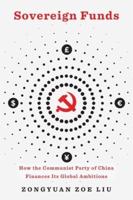Publisher's Synopsis
This book explores the new macroeconomics of the European Monetary Union. It carefully discusses the effects of shocks and policy measures on em- ployment, prices, and the current account. Take for instance a shock or a policy measure in a specific union country. Then what will be the results in the specific country, in the other union countries, and in the rest of the world? The targets of economic policy are full employment and price stability in each of the union of economic policy are monetary policy by the Euro- countries. The instruments pean Central Bank and fiscal policies by national governments. What is the appropriate policy mix? A salient feature of this book is the numerical estimation of shock and policy multipliers. Money wages are fixed, flexible or downward rigid. The monetary union can be small or large. I had many helpful talks with Gerd Focke, Daphni-Marina Papadopoulou, Franco Reither, Wolf Schafer, Christine Schafer-Lochte, and Michael Schmid. In addition, Michael Brauninger and Michael Cyrus carefully discussed with me all parts of the manuscript. Last but not least, Doris Ehrich did the secretarial work as excellently as ever. I wish to thank all of them. Executive Summary 1) Small monetary union of two identical countries, say Gennany and France. The monetary union is a small open economy with perfect capital mobili- ty. Let us begin with fiscal policy.


